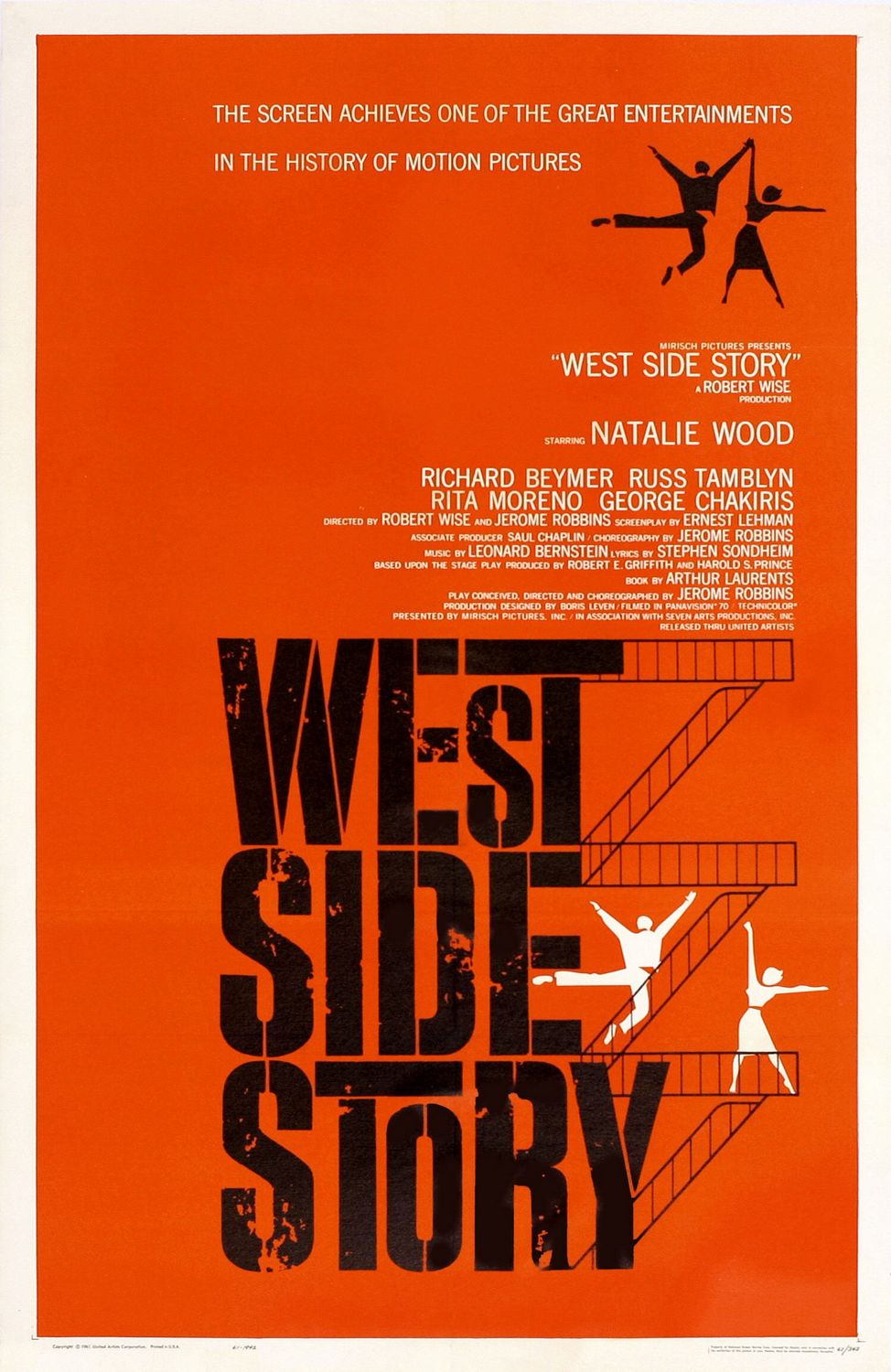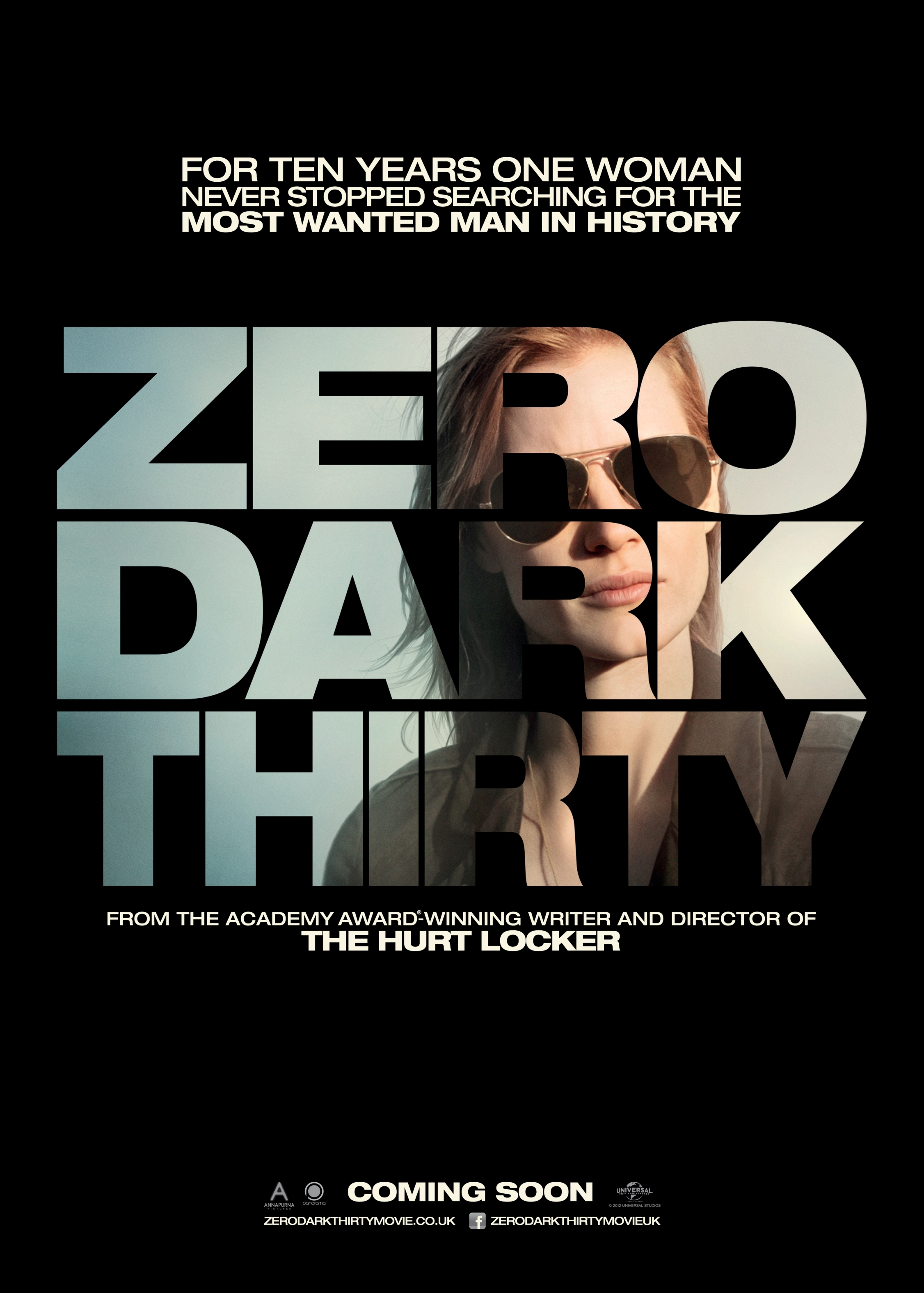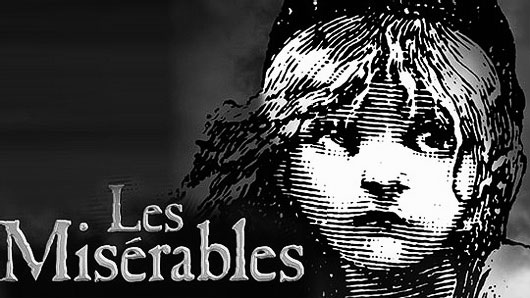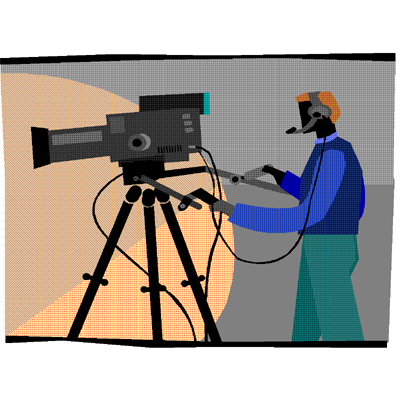Saul Bass was an American graphic designer whom was undoubtedly a visionary who designed some of the greatest film posters for some of the greatest film-makers: Alfred Hitchcock, Stanley Kubrick, Martin Scorsese amongst many others. One of his most famous quotes, in regards to posters, was simply: "Symbolize and summarize." Bass would often use a minimalist style, along with bold, primary colours, making his posters both ambiguous and vibrant. In this post, I'd like to explore what makes his posters so iconic and eye-catching so that I myself can produce something equally intriguing when it comes to my ancillary task.
Anatomy of a Murder:
Images: This poster features the singular image of disembodied limbs and body parts put together. Such violent, harsh image shocks the viewer and immediately draws them in. As well as relating perfectly to the title of the film, the image has indexical connotations of death and violence, relating to the themes that may perhaps be featured in the film.
Fonts: Bass uses a scratchy, wild font which has metaphorical connotations of mental fragility, thus possibly relating to violence and, consequently, murder.
Language: The title of the film itself itself is very grisly, the word 'murder' suggesting violence and danger. Moreover, the word 'anatomy' has connotations of mystery, investigating and, as a result, discovering.
Colour: The colours red and black are both gruesome, reinforcing the themes of the poster. Both red and black have metaphorical connotations of murder, death and violence. The startling primary colours jump out at the viewer, drawing them in.
Layout: The minimalistic approach means that the imagery and text are very literally at the centre of the poster, suggesting that murder and violence are at the centre of the narrative structure of the poster. The title of the film is written over the top of the body, highlighting to the audience the literal link between imagery and title.
"Anatomy of a Murder" is perhaps my favourite Bass poster, perfectly encapsulating the themes of the poster through it's bold imagery.
The Shining:
Images: Even more minimalistic than Anatomy of a Murder, the poster features a single image of what appears to be a young, shocked boy; he could even be a ghost, as hinted at by the grainy pop-art style with which his face been produced. Therefore, the image has possible connotations of the paranormal, as well as symbolically connoting innocence, shock and fear, all of which are thematically important to the posters narrative.
Fonts: The font for the title is bold and metaphorically loud, adding a sense of epic to the poster. The way the i's haven't been written in capital letters suggest that things are out of place in the film, and that unusual things will happen.
Language: The title is itself ambiguous, making the audience uncertain. The tagline reinforces the epic nature of the poster, claiming that the film is a 'masterpiece', suggesting to the viewer that the film is ground-breaking and innovative.
Colours: Like Anatomy of a Murder, Bass opts for bold colours to draw the audience in. The brightness of the yellow supports the idea of 'The Shining'. The combination of yellow and black comes across as aggressive and has indexical connotations of danger.
Layout: Again, the title is centralised, and the imagery is also synonymous with the title, becoming part of the poster itself. The centralised nature of the title suggests how its supernatural elements are going to be prominent to the posters narrative structure. Moreover, the tagline is what the eye is see's second, re-enforcing the anticipation the poster builds for the audience.
The Shining poster is effective in emphasising the films central paranormal elements, the imagery on the poster truly shocking and gauging with the viewer.
West Side Story:
Images: The iconic imagery in this poster is of dancing figures on the fire-exit stairs, which is symbolic of inner-city, thus indexically connoting where the film may take place. There's a real vibrancy to the dancing figures, who feature quite prominently, connoting that this is a film with a feel good factor. Despite this, the figures themselves are still ambiguous, but in essence encapture the main themes of the film.
Fonts: The font for the title is bold, yet also grainy and beaten. This perhaps relates to the title itself, metaphorically connoting the idea that the 'west side' is impoverished and lacks wealth. This idea is related to the imagery of the fire exit stairs, which have connotations of less wealthy areas of New York.
Language: Bass posters have a trend of having suitably epic taglines; this one proclaiming that this film is one of the great achievements in the 'history of motion pictures', heightening the anticipation for the film. The title itself is also ambiguous, but 'story' has connotations of classic storytelling following traditional narrative codes and conventions, most likely including a happy ending.
Colours: Bold, primary colours are again key to this poster. Red is a universal colour that hints at various different themes and emotions; love and passion, hatred and violence. Moreover, black is reflective of the area's lack of wealth. The white of the dancers symbolically connotes purity, thus suggesting that dancing and joy is universal.
Layout: The title in this poster is most prominent, adopting a centralised position within the poster, perhaps suggesting that the film will be made up of an ensemble cast, with no character having more significance. However, the abundance of dancers on the right hand-side make up the narrative structure of the film. The way the stairs go-up the words of the title is also very creative and makes the poster all the more intriguing.
Overall, I've enjoyed looking at the work of Saul Bass. I like the bold, minimalist style of his posters which, ironically, give these epic Hollywood films a rather indie and retro feel. Therefore, I feel like I'd like to adopt some of Bass' creative styles and techniques and incorporate this into my own poster.
 |
| An insightful quote from Saul Bass |
















_poster.jpg)